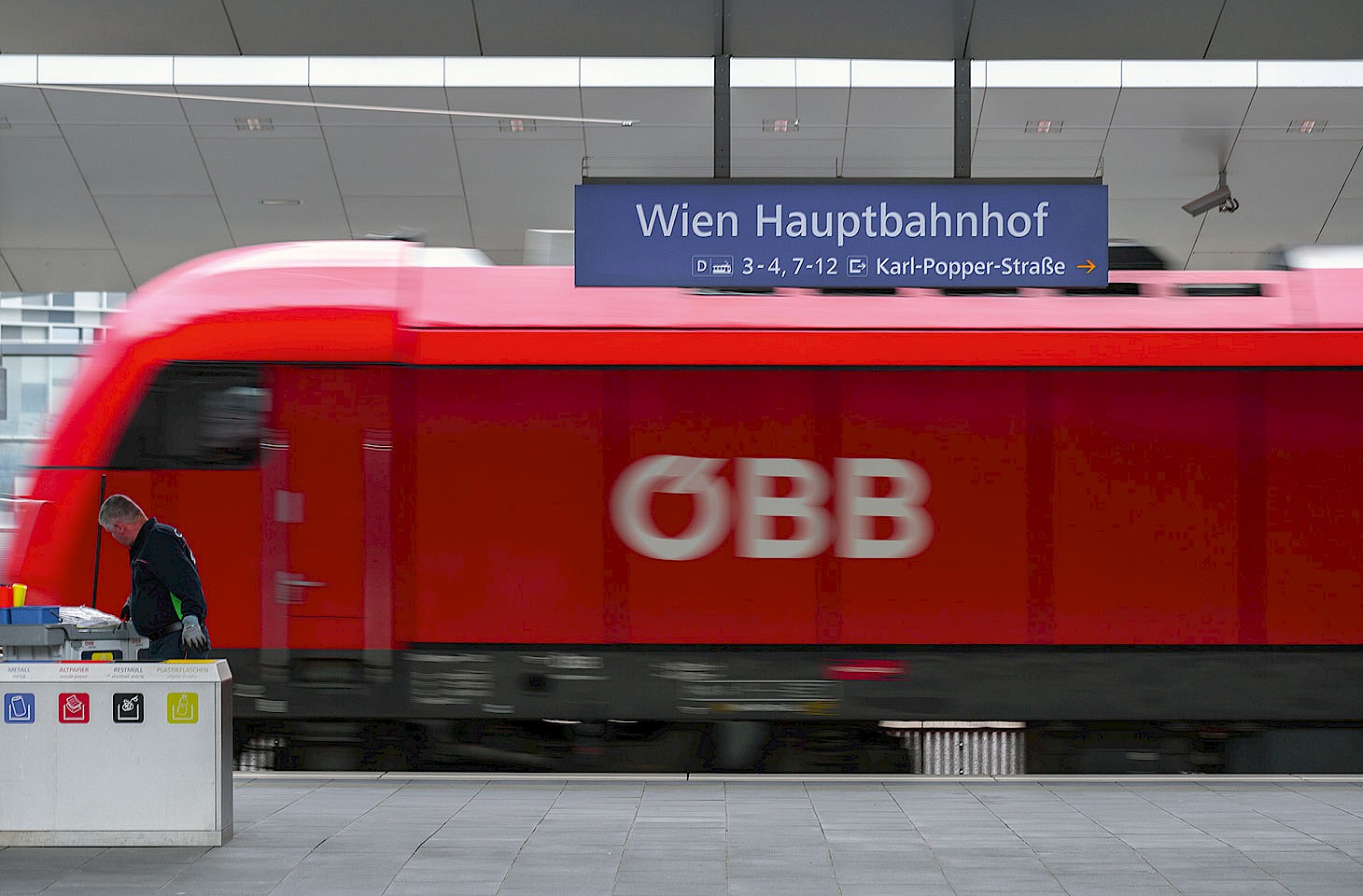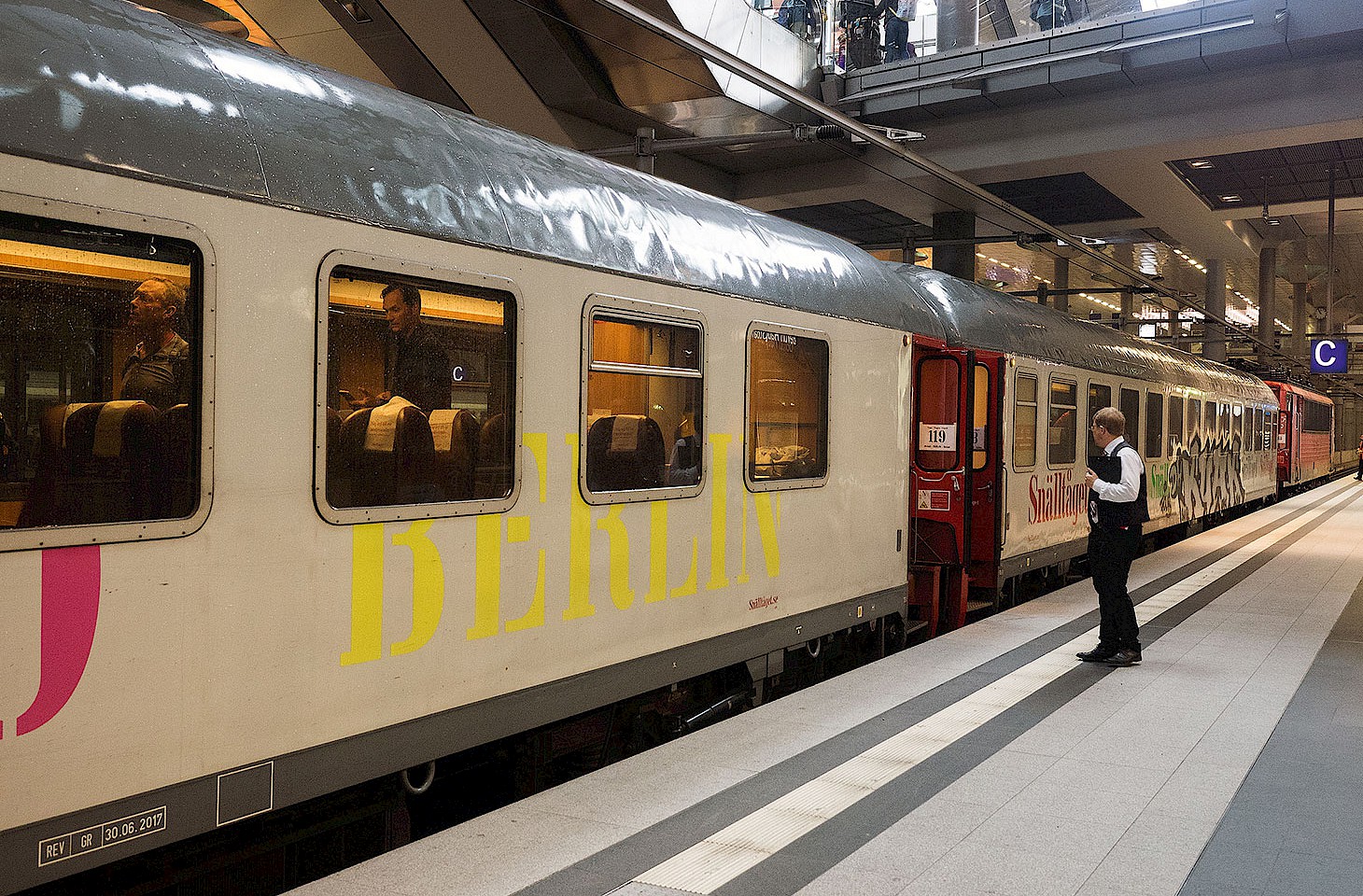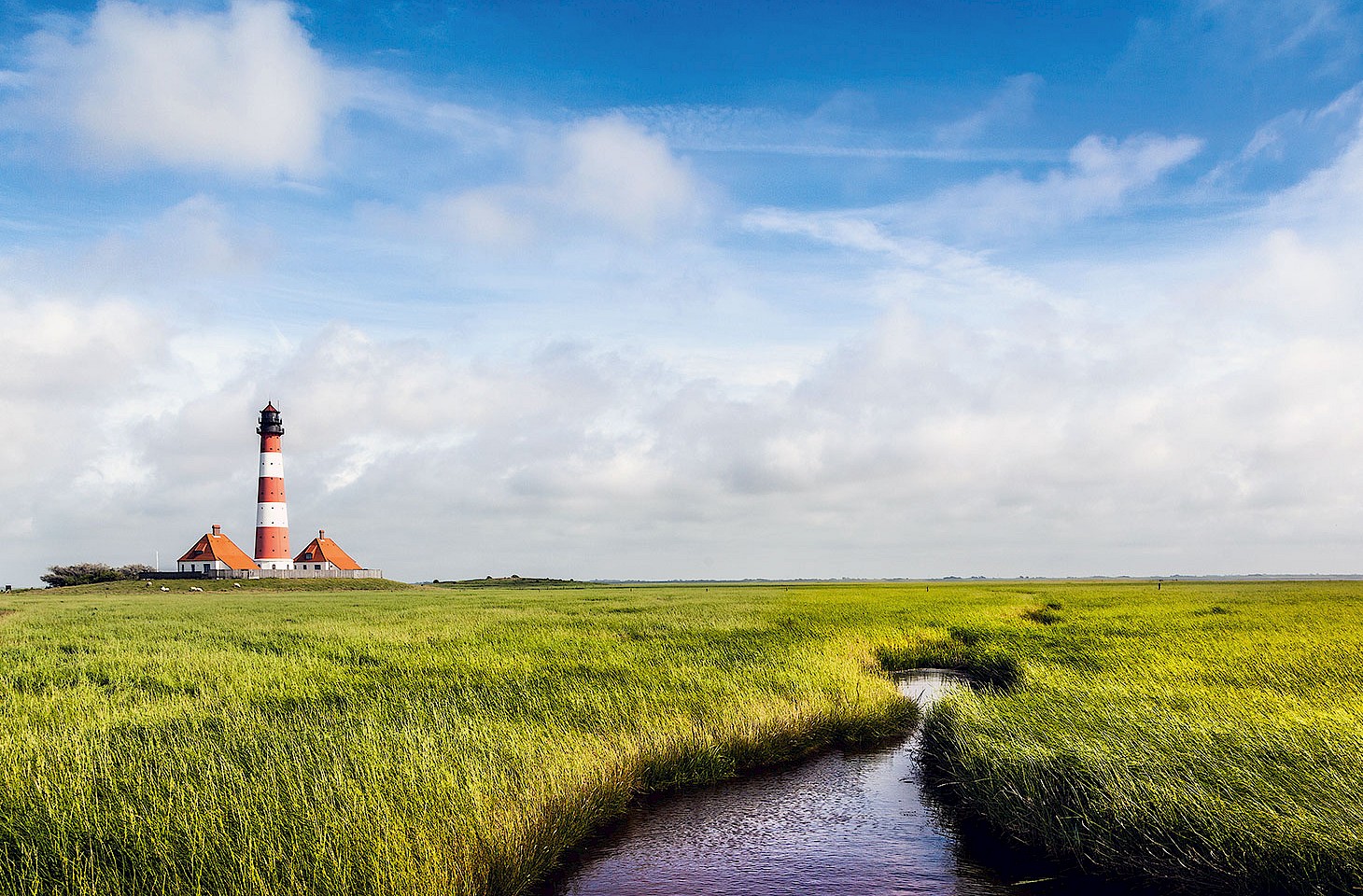Dear fellow travellers
Despite a biting north wind and some squally showers of sleet and hail, Helgolanders did what they always do on the evening of Easter Saturday: gather just before dusk for the traditional Osterfeuer (Easter fire). Helgoland (often still referred to by its erstwhile English name Heligoland) is an extraordinary place, an impressive lump of deep red sandstone that juts out of the North Sea. Once Danish, later British and now German, Helgoland is a fiscal oddity. It is not part of the European Union customs area, so alcohol and ciggies come at knock-down prices, and it is this duty-free trade that underpins the island economy.
Helgoland is actually not one island but two. There is that great sandstone monolith, the much-photographed main island, upon which the population live. Then, little more than a kilometre away, is a little slip of an island, aptly named Düne (the German word for sand dune). It looks as though this sandy outpost might one day be gobbled up by the sea. Disconnected, but Düne nonetheless serves as the perfect setting for Helgoland's Easter fire. No-one actually lives on Düne, at least not permanently, but Düne has an airport. Air travellers bound for Helgoland have to fly first to Düne, from where a ferry provides a regular link over to Helgoland. There was a time when the two islands were linked by a natural sand bar, but a huge winter storm in the eighteenth century severed the connection.
We are old-fashioned travellers, firmly believing that islands, at least on an initial visit, really should be approached by ship rather than plane, so we passed on the chance to fly to Düne airport last Monday and travelled instead by ship to Helgoland, a rather stormy three-hour journey from the German mainland port of Cuxhaven.
Of course we explored every corner of Helgoland, from its wild northern headlands to its neat allotments and comfortable cafés, and we took the ferry over to Düne too. Might this be the only instance in Europe of an airport, with daily scheduled flights, being located on an uninhabited island? For all its diminutive size, Düne actually has a lot going for it apart from the airport: some great sand dunes and beaches, the latter much frequented by friendly seals these past days; a very poignant cemetery for travellers who died at sea; and two decent cafés (one of which is in the airport).
Usually at this time of the year, the ferry over to Düne stops running at five in the afternoon, by which time the airport and cafés have done with their business for the day. But on Saturday the boat continued to flit to and fro until late evening for the Easter fire is an island institution. Easter fires are a feature of many spots around the North Sea coast, bringing echoes of the fires that feature in Catholic liturgy on Easter Saturday and in earlier pagan spring rituals. The Easter fire at Düne is a very secular affair, a chance for Helgolanders to have beer and sausages while they ponder how long their lonely island can continue to make a living from tourism and duty-free sales. We shall tell more of Helgoland and Düne in the May 2008 issue of hidden europe. The islands are remarkable spots, real outposts that have a complicated history and all manner of modern oddities.




